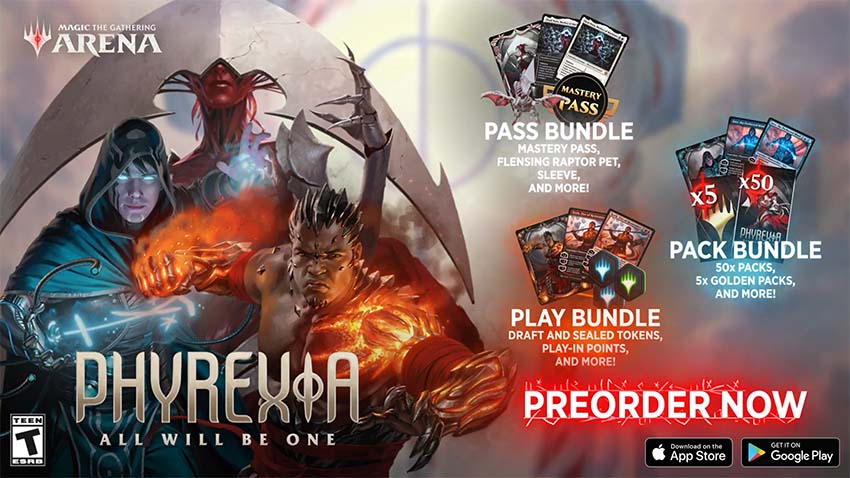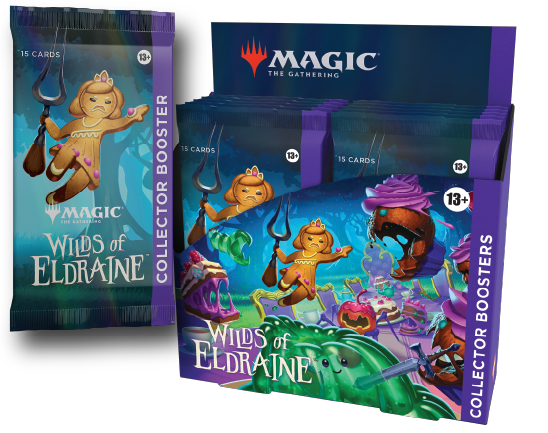Excellent News To Picking MTG Card Value
Wiki Article
What Are Some Types Of Cards Employed In Mtg?
Creature Cards are the primary cards of Magic: The Gathering. Each card serves a distinct purpose and distinctive effects.
Creatures- Represent creatures like dragons, elves, beasts, etc.
Abilities: They are often tough and strong (indicating their capability to fight) and possess various abilities like flying, trample, and lifelink.
Summoning Illness- Typically creatures can't attack or utilize any abilities in the turn of summoning unless "haste" is present.
Spell Cards-
Spells - Represent magical effects that can have a wide range of effects, such as damaging spells, countering them drawing cards or boosting creatures.
Types- Spells can be instantaneous (can be used at any time) or sorceries (played during the player's main phase) or enchantments (permanently altering the game).
Artifact Cards-
Artifacts - Represent magical objects or devices, from powerful weapons and utilitarian items.
Abilities- They can give various effects, such as the ability of creatures to gain abilities as well as generating mana or delivering other effects that alter the game.
Enchantment Cards-
Enchantments - These are lasting magic effects that stay on the battlefield long after they have been played.
Effects- They can affect the game in a variety of ways, like changing game rules, boosting creatures, or hindering the strategies of opponents.
Land Cards
Lands- Represents magical resources (mana) that are required to cast spells that are magical and summon creature.
Mana Production: They produce manas of different colors. (White, Blue Black, Red, Green, or colorless) This allows players to make spells and to use their abilities.
Planeswalker Cards
Planeswalkers - Represents powerful characters with special capabilities. These allies help the player.
Loyalty Counters: These counters are utilized to trigger various capabilities. They can be used to deal damage or drawing cards, summoning creatures or altering the game's status.
Deck Construction
These types of cards are frequently mixed to create a deck. Synergies and strategies are employed to construct a deck that is balanced and effective.
Magic: The Gathering has many strategies that players can use to play the game. Follow the top rated sell magic card collection for website recommendations including magic the gathering buy, sell mtg, magic set, magic card game, mtg magic, magic the gathering cards collection, highest price mtg cards, magic card prices, magic card sets, magic and gathering cards and more.

What Is Mtg? Magic: The Gathering Artifact Cards Do? Pros And Cons?
Magic: The Gathering artifact cards are cards that are not creatures or lands, but instead, mysterious objects, devices, or structures. They often offer special effects or capabilities. They are not without their pros and cons.
Multi-purpose- Artifacts have a wide range of effects, from providing mana or boosting creatures to drawing cards, controlling the board, or even acting as win conditions themselves. Their versatility lets them integrate into different deck strategies.
Persistent Effects - Once on the battlefield, artifacts typically stay until removed, providing ongoing benefits or effects that may affect the game over time.
Colorless Nature- Most artifacts don't require a specific color of mana to use or cast. They can fit into decks of various colors without affecting the consistency of mana.
Synergies. The artifact can combine and create combos with other cards types such as creatures, spells or enchantments.
Cons-
The vulnerability of artifacts is that they can be targeted and removed through specific effects or spells that target artifacts. They also have the ability to eliminate or neutralize them using cards specifically designed to interact and attack artifacts.
Resource Costs: Some strong items come with a large mana costs, which make them difficult to use during the beginning stages of the game. This can make a person's strategy more difficult or less secure.
Artifact Removal Certain strategies and players could be focused on removing artifacts. They may hinder their effectiveness or even eliminate them completely from the game.
Dependence upon Other Cards- Certain artifacts will require other cards for them to function in their highest capacity. They could also have their effectiveness diminished if the necessary support isn't provided.
Artifacts are also a crucial role in the building of strategies and decks. Their unique properties can be used to complement different game plans. They can also be used in several deck archetypes. This makes them valuable in Magic: The Gathering. When designing a Magic: the Gathering deck, it is important to take into consideration their vulnerability to being removed as well as their potential dependency on the other cards. Follow the recommended buy mtg for site recommendations including magic tournaments, type cards, best magic the gathering cards, the gathering mtg, magic the gathering prices, cards shop, best decks in magic, magic decks, highest priced magic the gathering cards, magic the gathering buy and more.

What Is Magic: The Gathering Land Card Do? What Are The Advantages And Disadvantages Of Magic The Gathering's Land Cards?
Magic: The Land cards of the Gathering are crucial for the game. They provide the mana required to use cards and cast spells. Here are pros and pros and.
Mana Generation: Land cards are the main source of mana in the game. Lands are tapped by players to create mana, which can be used to create spells, summon creatures and to activate the abilities that other cards.
Stability: Once you've played them the land cards are on the battlefield and they will continue to provide mana on a regular basis.
Color Fixing: Different types of lands yield different colors of mana. The cards allow players to access the specific mana colors needed to cast spells with their deck.
Some land cards come with additional capabilities - Some land cards can perform more than simply generate mana. They can also draw cards, gain life, or offer other effects when tap.
Cons-
Land cards aren't very effective. They're mostly employed to produce mana and are not used for other purposes. They do not have any directly impact on the game, other than producing mana.
The vulnerability to Destruction - Lands are at risk to specific effects and spells that target them specifically. This can result in the player losing their mana or ability to cast spells.
Limit of only one card per turn The players are usually allowed to play one land per turn. This limits the amount of mana they can generate during a given turn.
Opening Hand balancedrawing too many lands or lots of lands too early in the game can negatively impact the player's ability to progress his plan of attack or cast spells.
The Land Cards form the core of any Magic: The Gathering game, as they supply the necessary mana for other spells to cast and the ability to play the game. Their constant presence is vital for executing strategies and using powerful cards. But, they are limited in their ability to perform other functions than mana production and are susceptible to certain effects. It is important to take this into consideration when designing decks and strategies. See the best magic cards shops for site info including mtg card value, mtg sets, sell mtg cards, mtg finance, magic the gathering cards collection, wildcard card, card price, best decks in magic, foil cards, mtg rares and more.
